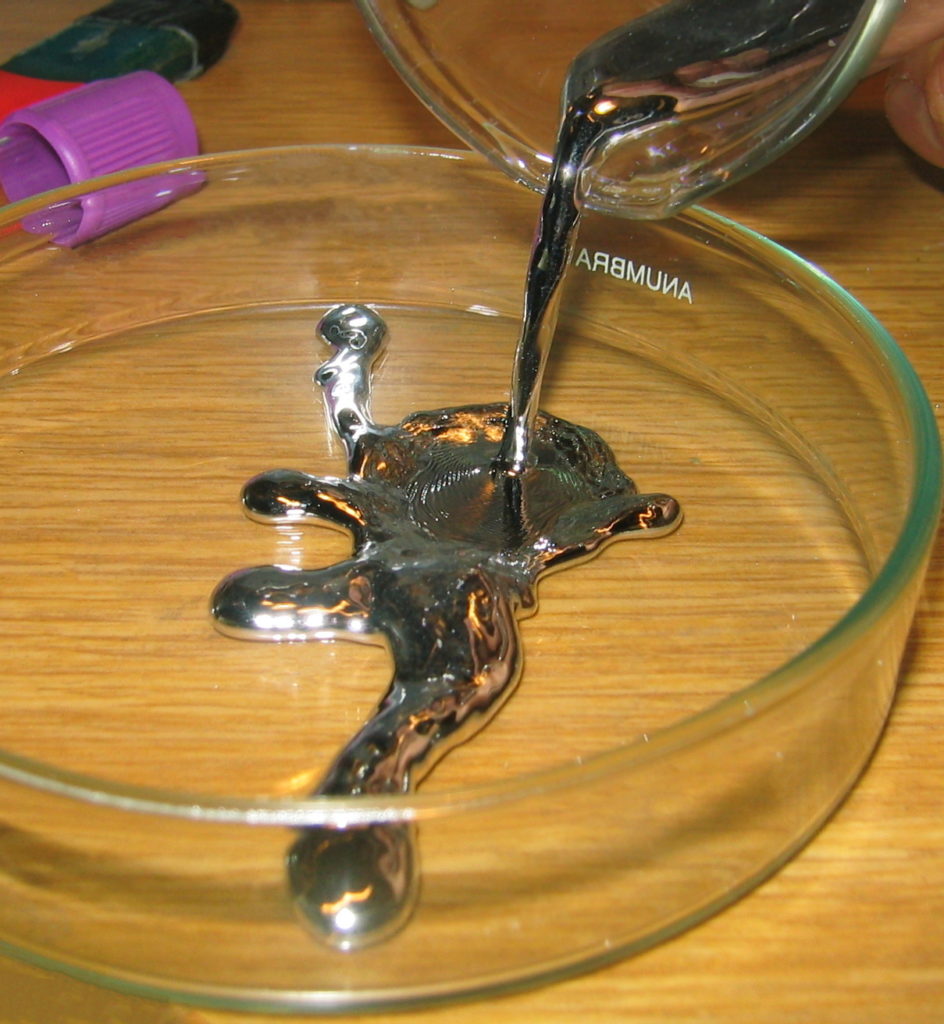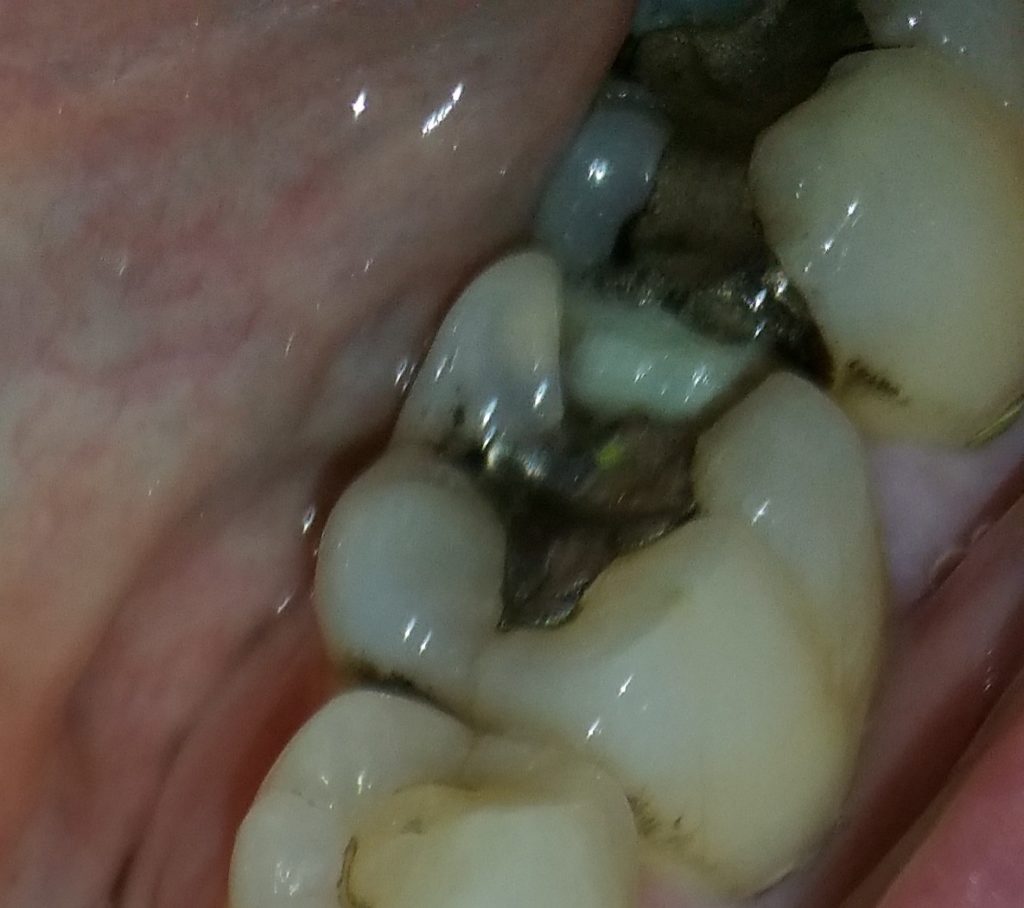Preventing Mercury Exposure

Certain heavy metals, including mercury, are toxic. Humans can get exposed to these metals from contaminated food and water or household, commercial and industrial use. Lead, mercury, cadmium and arsenic are examples of heavy metals that can have a significant negative impact on health. Unfortunately, small exposures to these metals are fairly common. In addition, heavy metals pose a significant challenge to medicine: toxicity symptoms can be complex, they can mimic other diseases and they usually come on slow over time, making it difficult to recognize exposure.
Of the heavy metals, mercury is of significant concern. Mercury affects the nervous system and immune function along with potentially damaging the heart, kidneys and lungs (EPA 2020). Low level exposure can cause non-specific symptoms like weakness, fatigue, weight loss and gastrointestinal disturbances (Friberg 1972). The beloved mad hatter in Alice and Wonderland was based on the fact that hatters used mercury in hat felting and often suffered severe neurological side effects. Mercury is a well known neurotoxin.
In fact, mercury is so toxic that a single drop in a mid-sized lake can make all the fish in that lake unsafe to eat (Wright 2005). As such, mercury is one of the most potent toxicants known. However, different forms of mercury display different toxicities. Metallic mercury is somewhat less toxic than other forms since it is poorly absorbed by the body. Organic mercury, when the metal has complexed with carbon, can have higher toxicities based on the specific compound. Inorganic mercury, which can also be quite toxic, includes salts or compounds created when mercury combines with atoms other than carbon.
Sources of Mercury
Seafood
The most common source of mercury exposure comes from consuming fish and seafood. Unfortunately, industrial development has released tons of mercury into the environment that winds up in streams, rivers, lakes and oceans. From there, plants and other smaller organisms take up the mercury which gets concentrated in larger fish as you move up the food chain. In the United States, 40 states have had to issue advisory warnings for catching and eating fish in certain fresh water sources while 13 states have issued statewide advisories for any freshwater fishing due to mercury contamination (USGS 2000).
Dental fillings

Dental fillings can also be a significant exposure, since the old silver-colored amalgam fillings are almost 50% mercury. Small amounts of the metal are released with chewing and then absorbed. While concerns over silver fillings is controversial, historically, they were considered the largest contributing factor to the mercury burden present in the human body (Lorscheider 1995).
Fluorescent Light Bulbs
Other exposures can come from fluorescent light bulbs, since they contain small amounts of mercury. When a fluorescent bulb is shattered, some of the mercury will be released into the air. While amounts are quite small, you still want to immediately ventilate the area and collect the broken bulb into a ziplock bag. Wear gloves, as it’s best not to handle any broken pieces directly. While exposure from a single bulb breaking is not a major cause for concern, one of my professors in school described a case where exposure from fluorescent tubes became excessive. The patient was in charge of waste disposal at a facility and to save dumpster space, was smashing all their fluorescent lights upon disposal. The individual took no precautions to protect themselves and wound up with a high body burden of mercury, confirmed upon testing.
Other Exposures
Other consumer products, including electronics and thermometers have historically contained the metal, however these uses are declining if not already phased out. In addition, mercury containing preservatives have been used in paint. When used in the home, mercury containing paint exposure can reach toxic levels. In the late 1980s, a brand of latex paint was found to release enough mercury to cause outright toxicity (Agocs 1990). Fortunately, mercury has been removed from most latex paint, although exterior paint can still contain the metal. When painting, it’s best not to use exterior paint inside the home.
Mercury in Industry

Burning coal for fuel is one of the largest sources of mercury that is released into the environment. Coal contains only small amounts of mercury, yet through burning tons of it for energy in coal-fired power plants, significant amounts of mercury are released into the air and the environment. Coal-fired power plants contribute to approximately 50% of the mercury released in the United States annually (EPA 2020).
Gold mining and cement production are also industries that release significant amounts of mercury (Streets 2019). Some cement factories release more mercury than power plants and may be situated close to urban centers or bodies of water, raising further concerns (Earthjustice 2008).
Minimizing Exposure
As previously described, mercury is one of the most toxic elements known. While you can’t completely avoid mercury, it is still possible to limit exposure over your lifetime to minimize risks.
Seafood
Wild-caught seafood is often a good source of essential fats that provide significant health benefits. A study suggested that lack of omega-3 fats in the diet is the seventh leading cause of death in the United States, causing around 84,000 deaths per year (Danaei 2009). It’s worth recognizing that consuming omega-3s is vitally important for health. However, you don’t want to consume them from seafood that contains excess mercury.
The best, healthiest seafood is wild-caught, sustainably managed fish and seafood that are lower on the food chain. This includes sardines, herring, alaskan salmon, anchovies, cod, shrimp and pollock. Keep in mind, for some of these fish, how and where they are caught matters for sustainability. To find safe varieties, mercury levels in seafood can be checked here, and sustainability here to cross reference different seafood types.
Lightbulbs
Previously, compact fluorescent light bulbs were the best choice for energy efficiency, although problematic if broken. Currently, the newer high efficiency LED bulbs that don’t contain mercury are probably the best choice. Bulbs should have a soft, warm light that includes more yellow tones. Some LED bulbs are termed “cool” and contain large amounts of blue light. Over time, too much blue light can damage your eyes and cause problems with day-night rhythm (Jaadane 2015, Lee 2018). For regular indoor home use, warm, soft or amber LED bulbs are a better choice.
Dental Fillings
When it comes to dental fillings, composites are now available that do not contain mercury. While there still can be concerns with some composite materials, I think they’re a better choice for new fillings than silver amalgam. If you already have silver fillings, it’s hard to know the best approach. Removal can transiently expose you to larger quantities of mercury. In addition, research on benefits from removing them is thin and of poor quality. The current published studies potentially hint at reductions in symptoms and health complaints attributed to mercury containing fillings when they are removed. However, placebo response could explain the results, since patients obviously knew the fillings had been removed (Bjorkman 2017, Bjorkman 2020, Haheim 2006).
If you do opt to have silver fillings removed, make sure to work with a provider who takes proper precautions. Simply drilling out the fillings and replacing them could expose you to large quantities of mercury if done without safety procedures.
Flu Vaccine
Historically, vaccines were a significant source of mercury exposure due to thimerosal, a mercury preservative used in vaccines. Due to health concerns, mercury has been phased out of virtually all vaccines except annual flu vaccines. If a patient opts to get a flu vaccine, I highly recommend the preservative-free single dose version that does not contain the metal.
Other Exposures
Most other potential exposures to mercury are likely from individuals working in industries where mercury is still utilized. Following OSHA guidelines to protect yourself from exposure is the simplest advice.
Conclusion
Mercury is a highly toxic metal that, due to specific industries, has become more common in the environment. Protecting yourself and your loved ones from excessive mercury exposure is a reasonable strategy to try and prevent long-term health consequences.




Appreciate you sharing, great post. Really looking forward to read more. Keep writing.